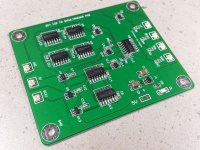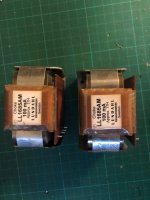(edit)
Note - what started out as an attempt to evolve the p3a has ended up as a complete redesign of every stage. This amplifier is my best. Anybody wanting to build this amp for DIY purposes (only) should find all they need in this thread.
Some useful posts:
#232 - discovery that dual colour LED has insufficient headroom for the ‘green’ side to work (my fix is on #314)
#238 & #242 - discovery of, and changes to deal with cross-conduction at v. high frequencies
#314 - fix to pcb for very first incarnation (corrected on subsequent pcb layouts)
#407 - pcb files and (a now old) bill of materials
#597 - a bill of materials for Mouser
#604 - my as-built schematic (with C3 shown wrong way around, should be installed + terminal to ground)
#632 - a comment on bias for the output (60mA) note original pcb has a silkscreen error with the bias and dc offset adjust labels swapped around
#645 - a note on correct orientation of C3 (shown wrong way on pcb silk screen)
#768 - some photos and comments on how the power devices mount under the board and the use of some TO-126 transistors with legs removed are used as 'spacers'
#772 - some photos and comments on incorporating an output inductor into the wiring
#950 - updated bill of materials (BOM) based on Digikey.ca
#994 - spice file for the amplifier
#1131 - KiCad files from 'longface54'
#1215 - updated KiCad files from ‘jpk73’
Builders: Go slow, solder all the small parts first and clean off the flux before moving on. Read the thread, I know it's long but there's advice in there for you.
Builders Comments:
'Ranchu32': "this is a fabulous amp; one of the best. I love the sense of energy and the dynamic performance, which I feel is somewhat lacking in the basic P3A. But it loses none of the P3A's best qualities: that beautifully smooth and detailed midrange, and crystal clear highs." "the more time I spend with TGM8 the more impressed I am. Having now heard the VSSA, I am equally impressed and it is deserving of the high praise it is getting around here. But your design is in the same league: similar in many respects and subtly different in others. I suspect TGM8 will better suit my tastes"
'Lordearl': "As to the sound - phenomenal, incredibly relaxed, yet still highly detailed! Tempted to use the good channel on my better speakers just to enjoy it for a while! A very inviting sound for sure." "My initial impression (mono only) is the same, the low frequencies are crisp and punchy - never heard anything quite like it. The treble easily rivals my 6L6 ultra linear push pull amp with Tango output transformers, plenty of air, no fatigue (also no apparent dumbing down of the sound!). Makes you realise why you loved audio in the first place!"
'still4given': "You done good Gareth! I can see why you were so satisfied. I've got some Gerry Mulligan playing through it right now and it is beautiful. Thanks for sharing this with me." "It really is very nice sounding. Seems as good as the VSSA and that is one fine sounding amp."
'pronk': "I originally planned to build just two boards but liked the TGM8 so much that I built six (four to power my LXmini and two for my home office). Note these boards are densely populated and have about 30 SMD components. This is probably not something you can throw together in an evening. The end result is definitely worth the effort. This is one of my favourite amplifiers. Sound quality, particularly bass, is excellent. I appreciate the built-in speaker protection which makes this amplifier more of a complete product safe to use with expensive speakers."
'RCruz': "Finally had the opp to listen to it and i am really pleased with the sound...the best bass grip I heard in years"
'auriga2001in': "Thanks for the wonderful amp. I have two amps (BJT, Latfet outputs) running wonderfully for a year now."
'pinnocchio' "This amp has some really good grip on the bass driver, very fast and precise. I haven't done all the tests yet but looking very good so far."
‘Do’: “Amps are working perfectly. I truly love the bass from this amplifier, very hard to believe until you hear it! Solid, in control of the speaker, I mean just perfect!”
'audiorasp': "I really like these amps! They have been powering my LX521's for about month now and I find their presentation to be detailed and powerful, but in a relaxed way, if that makes sense."
'longface54': I decided to go for it. I had some PCBs made, using the published gerbers, and built two amps. Powered each one up on the lab PSU and, bingo! They both worked first time and the DC offset and bias was very stable... Right away the sound had such authority and pace but in a relaxed and musical way with a softness in the upper registers. ... I’m listening as I write so I’m off to turn the volume up... just a little.
’jpk73’: I connected my speakers and played some music: excellent!!! I am very happy 👍🙂.
'chat72': Ok finally they sing!!! Sound good especially high.
Also - I can not edit attachments to the first post, the schematic you see in this first post shows my initial scrawl - not to be confused with the schematic of the as-built amplifier.
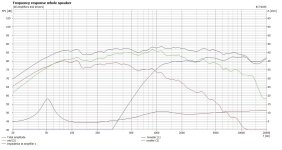


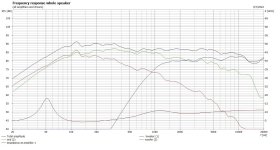
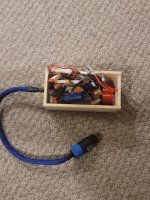
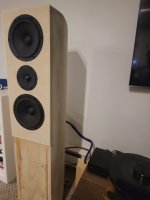

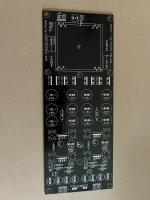
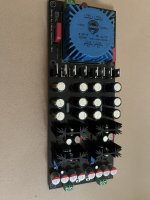
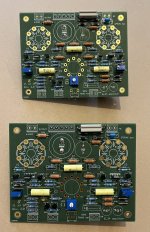
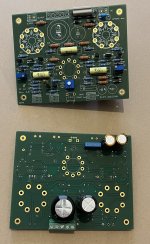
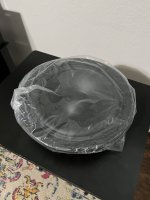
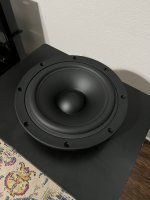

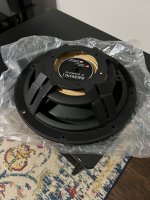
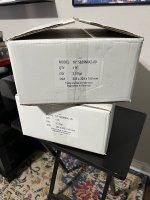
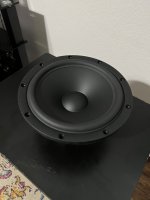
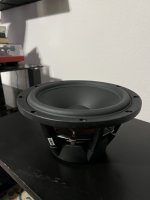
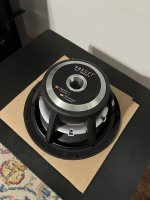
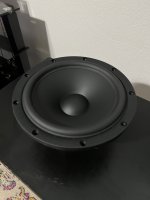
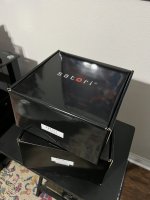
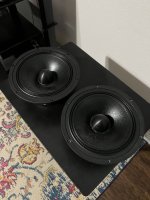


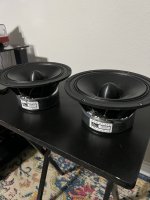

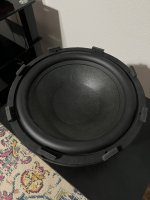
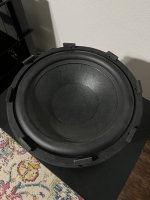
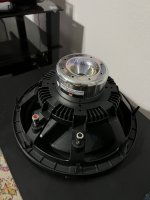
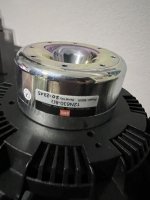
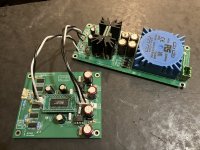
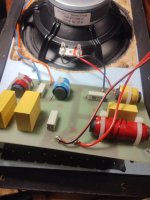
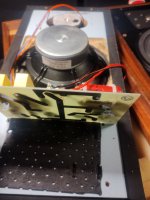
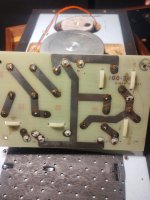
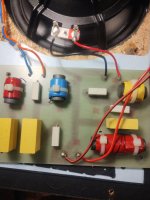
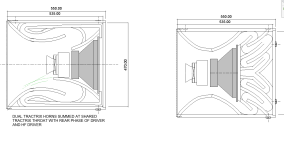
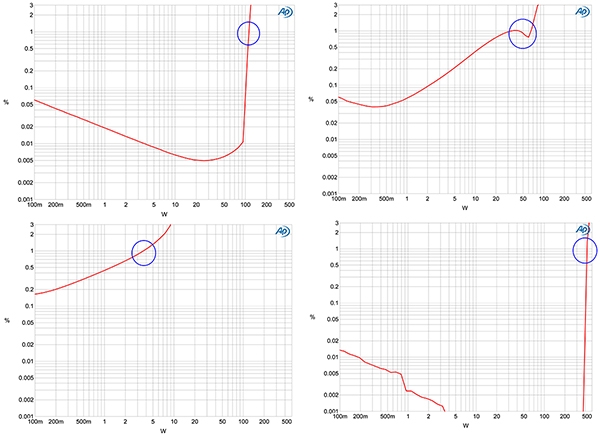
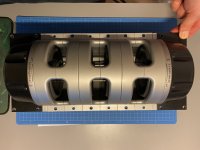
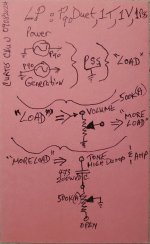

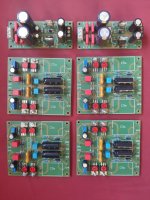

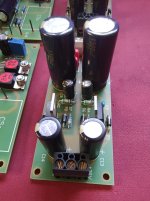
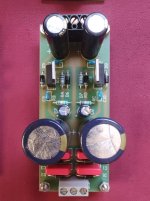
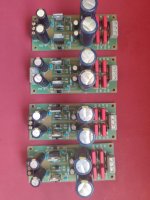
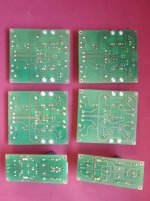
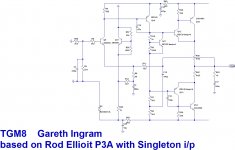
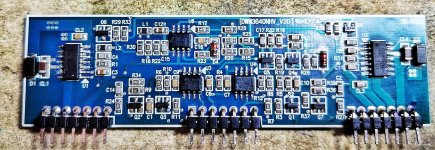
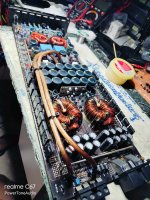

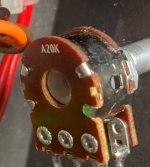
![IMG_3820[1].JPG](/community/data/attachments/1262/1262382-114303ee7de34ba55792c5befbdd672d.jpg?hash=EUMD7n3jS6)
![IMG_3821[1].JPG](/community/data/attachments/1262/1262383-39ae24dd2dc97bba0b5741171303005c.jpg?hash=Oa4k3S3Je7)
![IMG_3811[1].JPG](/community/data/attachments/1262/1262375-01b4f4607724c554d743ecbb35e546e5.jpg?hash=AbT0YHckxV)
